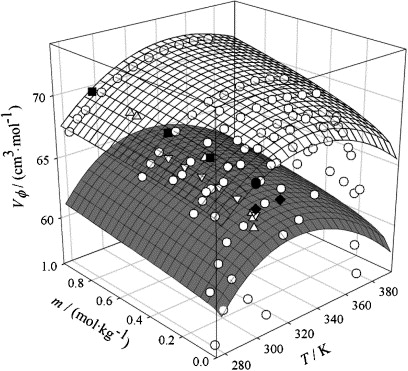Wire-frame Model of a Unit Cube:
Wire-frame models utilize the simplest data structures and they are ambiguous. Figure is a well-known instance that consists of 16 vertices and 32 edges. We know it represents a solid and each of the quadrilaterals (some of them are squares) describe a face of the solid.

Figure: Wire-frame Model of a Typical Solid
The inner cube represents a hole; but, we might not tell the direction of the opening of the cube. As illustrated in Figure, there are three possibilities for this opening. Whereas the other two may be attained by rotating the remaining one. Therefore, the wire-frame models are ambiguous.
Because wire-frame models are ambiguous, their utilization is limited. However, wire-frame models are popular, As they are efficient (i.e. only vertices and edges are displayed and processed) when they work. For instance, wire-frame models may be used for preview purpose. Rendering a complicated model or an animation sequence may be very time consuming if all objects are to be rendered. If wire-frame models (generally including its face information) are available, one may easily attain a general feeling of the final result without waiting for minutes or even hours before spotting a design flaw.
Note down that the edges in a wire-frame model do not always need to be line segments. They may be curved segments as well and in the case of curved segments the edge table shall be more complicated since as well as the two endpoints a description of the joining the curve segment (for example equation) is also needed.
With the advent of hardware & software technologies, the drawbacks of WFM technique have been overcome.